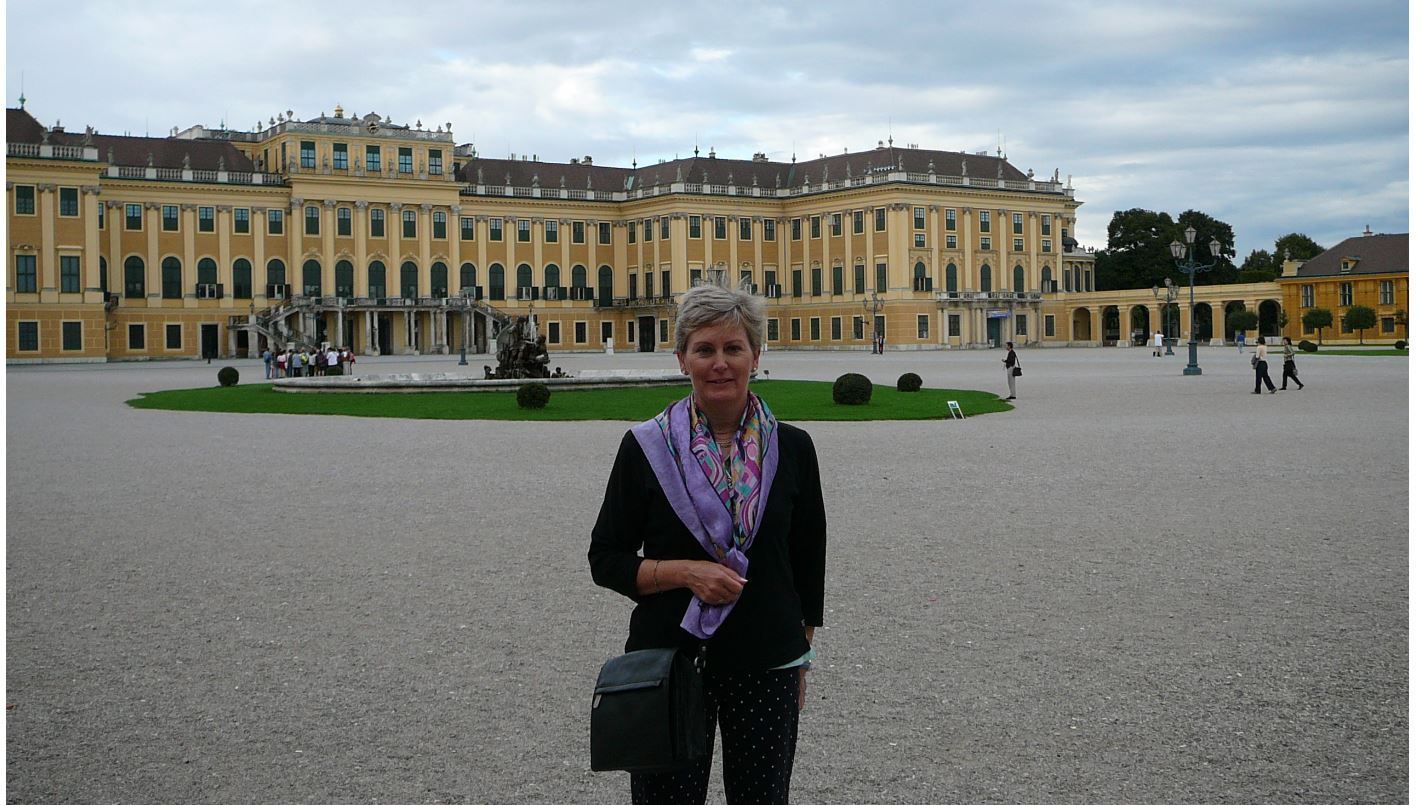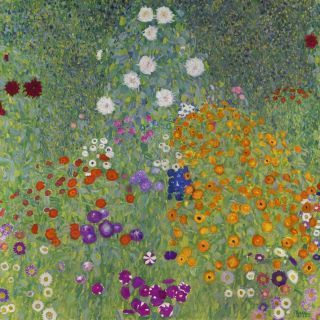Europe - Vibrant Vienna

Vienna, the City of Dreams! It was in Vienna that Freud lived for most of his life and developed his technique of psychoanalysis and so Vienna became known as the City of Dreams. For me the dream of Vienna is class, culture, cake and coffee!
As the capital of Austria, Vienna has a long history as an important cultural centre stretching back to its days as the imperial capital of the Habsburg Empire, lasting for 600 years, when wars and politics changed the world, but not the coffeehouse culture which continues to thrive today.
For more than 300 years, the Viennese have flocked to the city’s elegant cafes - an essential element to their commercial and cultural wellbeing. In the past homes were small, so locals met in coffeehouses, lingering over their chosen brew, read the newspaper and exchanged gossip and news, often for hours on end, as no one is ever asked to leave a coffeehouse!
We didn’t need any further encouragement to seek out Cafe Hawelka, a family run coffeehouse for 3 generations, proudly following the tradition of serving excellent coffee, homemade mouth-watering apple strudel and sumptuous Sacher torte. The tradition is to include a glass of water - with a teaspoon balanced on top.
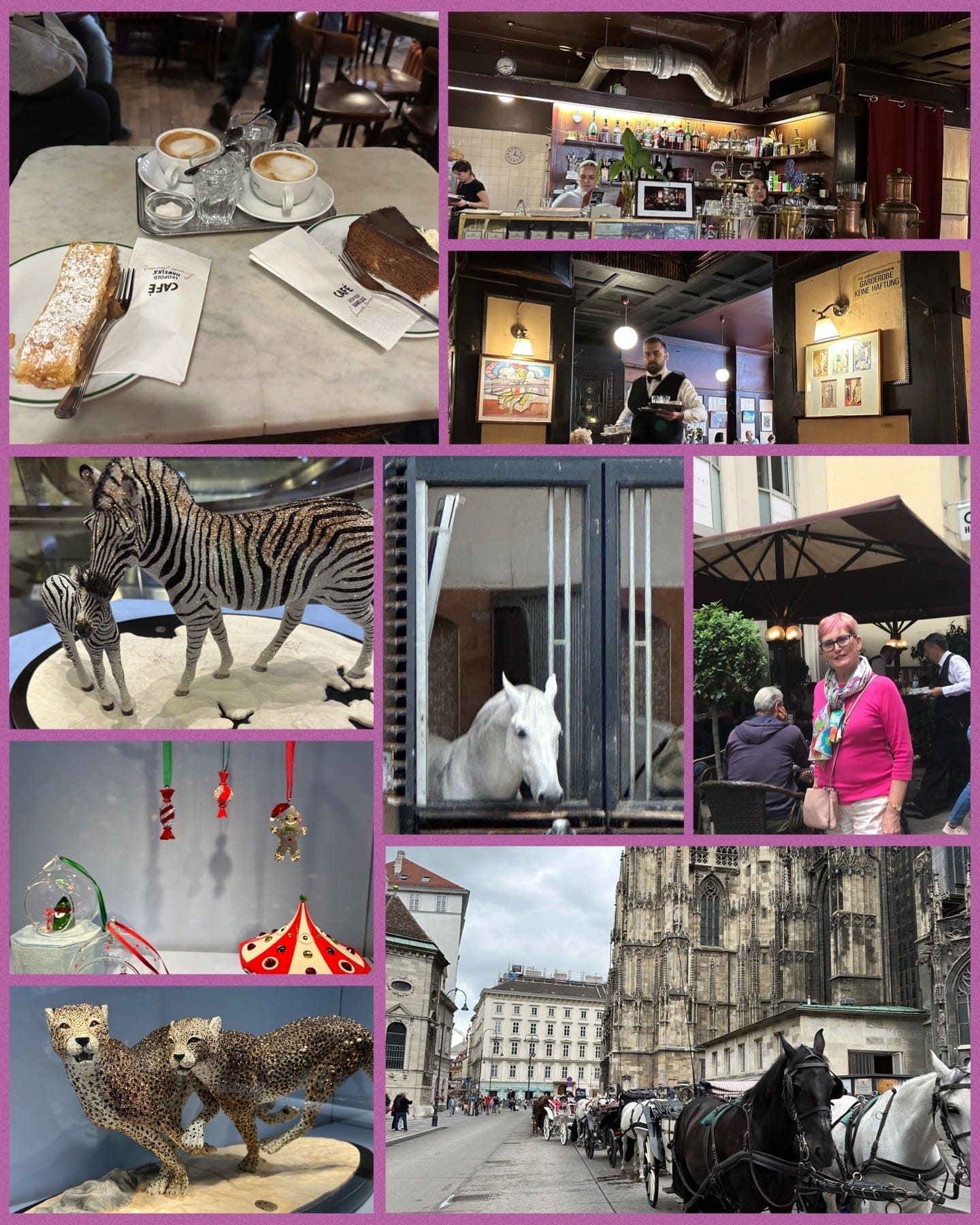
Back in the day the water in Vienna was so dirty that it was better to hide it from the guests. It soon became an unwritten law that the Viennese coffee houses were only allowed to offer water that was already crystal clear and pure, investing in a water treatment system, hence Vienna was one of the first cities of the old continent that had clean drinking water and the coffee tasted all the better.
Like the locals, we lingered; the handsome waiters dashed back and forth; we chatted briefly with the grandson. Post covid he had the same story we’ve heard all over the world - hard to find staff - especially those that are keen to work!
A touch of class was our next destination - the flagship store of Swarovski - filled with stunning jewellery and intricate crystal sculptures.
We’d joined the 2-hour city walking tour earlier, overwhelmed with facts and figures. Stephens Platz a mass of tourists, so we slipped into St Stephen's Church -an iconic building of Romanesque and Gothic style. Outside we admired the stunning roof, made up of 230,000 glazed tiles, set out in an ornate chevron pattern.
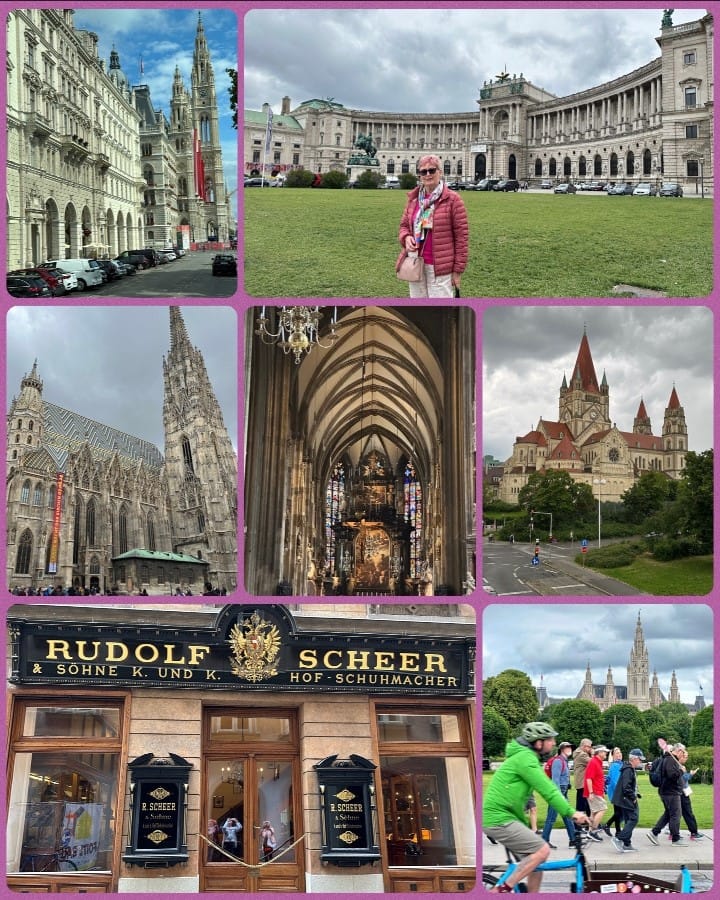
I’ve been lucky enough to visit Vienna on 3 previous occasions, touring the magnificent Schönbrunn Palace twice, many of the museums and galleries, as well as attending excellent concerts.
During Covid, I wrote a post on Schönbrunn Palace as part of a series featuring Magnificent Mansions - a link is at the end of this post.
We could not leave Vienna without visiting at least one palace, museum or gallery. Our choice was The Belvedere.
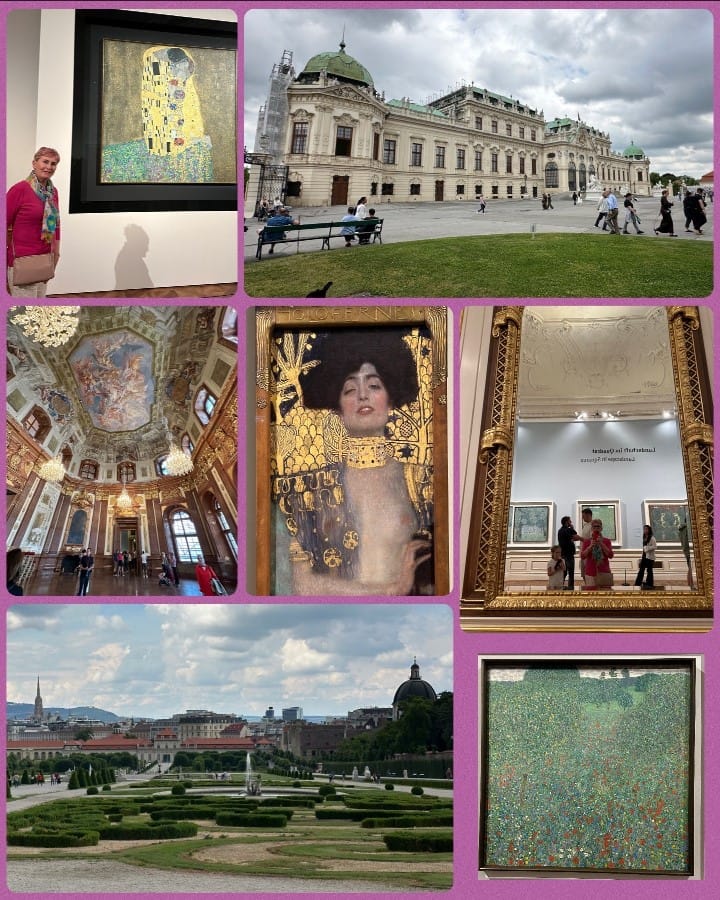
The Belvedere is a complex of 2 magnificent Baroque palaces and an Orangery all set in extensive gardens. The upper Palace now houses a large art collection and many Gustav Klimt paintings, including The Kiss - stunning to see the original and learn more about his style.
Julie has written a series on Gustave Klimt, just one is bookmarked at the end of this post. For the others, use the magnifying glass at the top of any post (not available on mobile phones though) and search for Klimt.
Vienna was home to some of the most cherished classical composers of the 18th and 19th century - Mozart, Strauss, Schubert, Beethoven, Haydn, Brahms, Schoenberg and Mahler. They taught each other, became friends or rivals, performed at the palaces, many concert venues, ballrooms and churches. I read that Beethoven was often lost in musical thought wandering through Vienna’s parks.
In keeping with this city, we spent our evening lost in musical thought at a fabulous concert, in the City of Dreams: the ultimate in class, culture, coffee & cake.
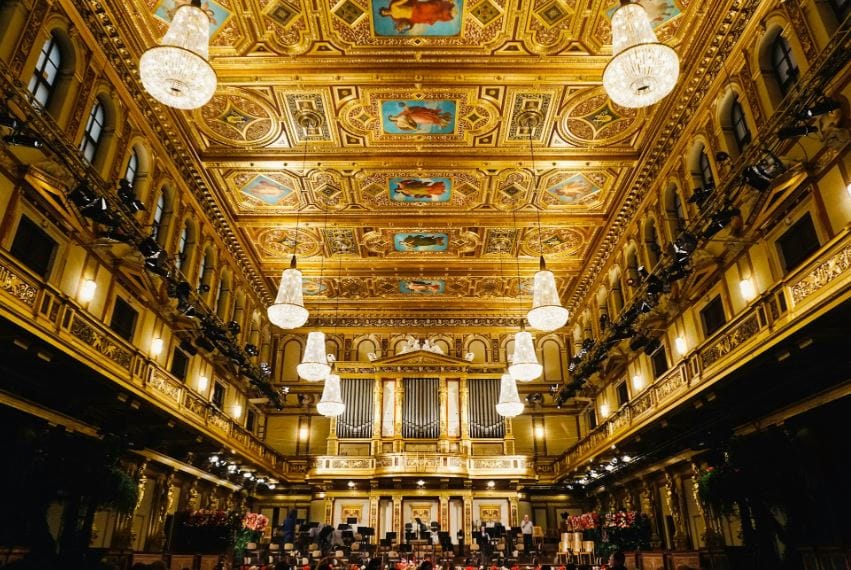
Look out for the next destination on our Danube cruise - The quaint university town of Krems, still in Austria, at the southern end of the Wachau Valley.
